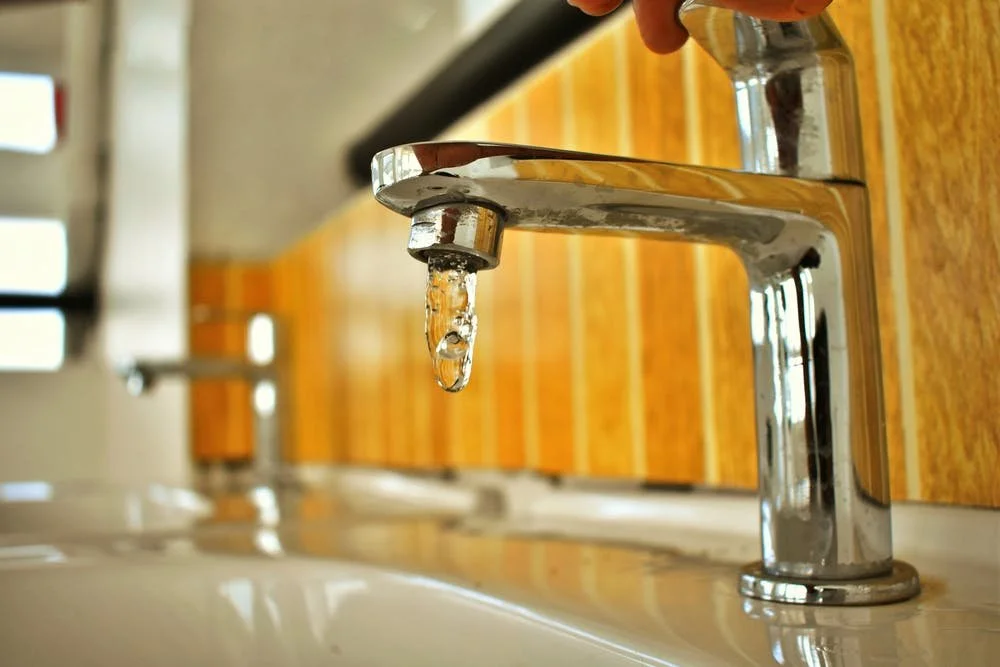What is Legionnaires’ disease and how do you manage it?
Let’s learn about legionnaires disease…
Legionnaires’ disease is a lung infection caused by Legionella bacteria. There are various conditions related to Legionnaires’ disease including:
· Pneumonia - An infection of the air sacs in one or both the lungs
· Typhoid - A life-threatening disease spread through contaminated water and food.
· Tuberculosis - A contagious infection caused by bacteria predominantly affecting the lungs.
· Cholera - A bacterial infection spread through contaminated food and water
All cases of Legionnaires’ disease require medical attention and certain conditions can be life threatening.
How do you manage Legionnaire’s Disease?
With the right conditions Legionella flourishes in purpose-built water systems including cooling towers, evaporative condensers, hot and cold water systems (Including showers) and whirlpool spas. Other items include evaporative condensers, humidifiers, air washers, emergency showers, and indoor ornamental fountains.
Begin by asking yourself a simple question…..What are the risks in my workplace?
A water system with the right environmental conditions is a source for legionella bacteria.
The risk of legionella in your water system increases in the following circumstances:
· water is stored or re-circulated in your workplace
· water temperatures in all or some part of the system is 20–45 °C
· Nutrients including rust, sludge, scale and organic matters are present
· Water droplets are produced and distributed over an area, for example showers, and aerosols released from cooling towers.
Who is at risk?
Everyone at your workplace and potentially others in the vicinity where cooling towers are present.
The following persons are more susceptible
· Aged over 50
· Respiratory Illness
· Weakened immune system
What do I need to do?
Start by carrying out a simple desk top risk assessment to identify potential risks. This will determine if you need further assistance. Even if you conclude that no further action is required you would be wise to both document and retain your findings in case you are required to evidence at a later date. Irrespective of your initial conclusion, review your assessment on an annual basis as a minimum and especially whenever you have made any alterations to the property infrastructure including any new or re-routed water supply, irrespective of size as this could potentially create ‘dead legs’, a prevalent breeding ground for legionella bacteria.
What do I need to consider if the risk of legionella is present and how to control it?
· Management plan and key responsibilities
· Competent support
· Identify any potential exposure to legionella risks
· Identify existing controls including monitoring, inspection and maintenance schedules.
· Consider replacing / redesigning systems to eliminate any risk
· Enhanced cleaning & maintenance
· Achieve water temperatures out with the specified growth range
Use Crysp to host your risk assessment, existing controls, monitoring, inspection and maintenance regimes
What records do I need to keep?
· Details of persons with any responsibilities within the overall Written Scheme of Examination
· Details of the overall risk assessment
· Inspection / Test results (Don’t forget you need to retain these records for up to 5 years)
How are you managing this and where are your records centrally held?
Our secure digital compliance portal hosts your records and e-forms detailing periodic examination and maintenance requirements. All aspects of management control of Legionella in one secure digital platform.
Anything else?
Don’t forget you must notify your local authority if you have a cooling tower and/or evaporative condenser on site. For further details please contact your local authority or info@crysp.co.uk
You also have responsibilities under RIDDOR for reporting if anyone employed to work on cooling towers or hot water systems who has been infected with legionella.
Note: This is a synopsis of the requirements for controlling legionella within the workplace only. For full requirements in managing legionella bacteria within your workplace contact your competent person or info@crysp.co.uk.
Contact Crysp info@crysp.co.uk for further details on hosting your L8 Risk Assessment and managing your record keeping

